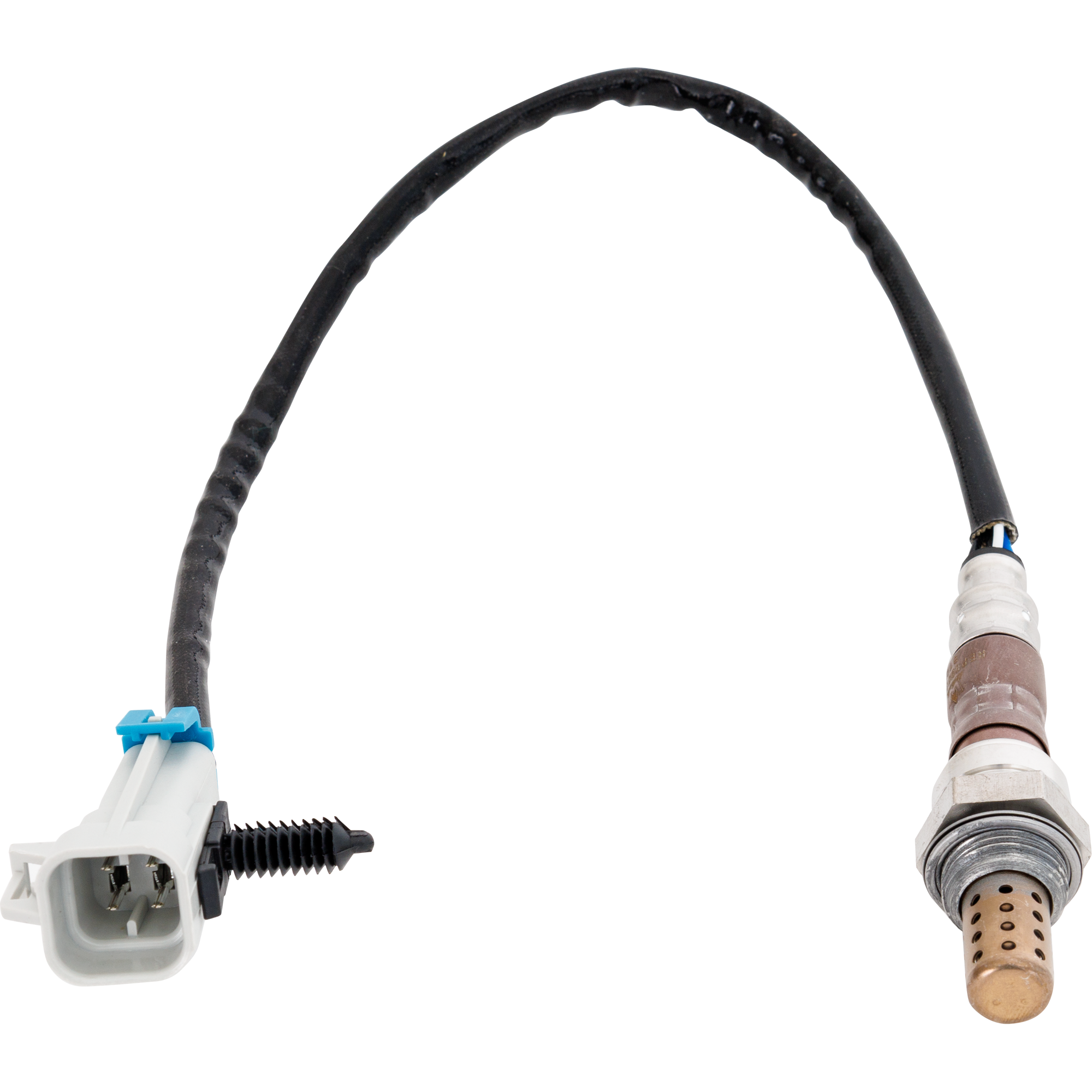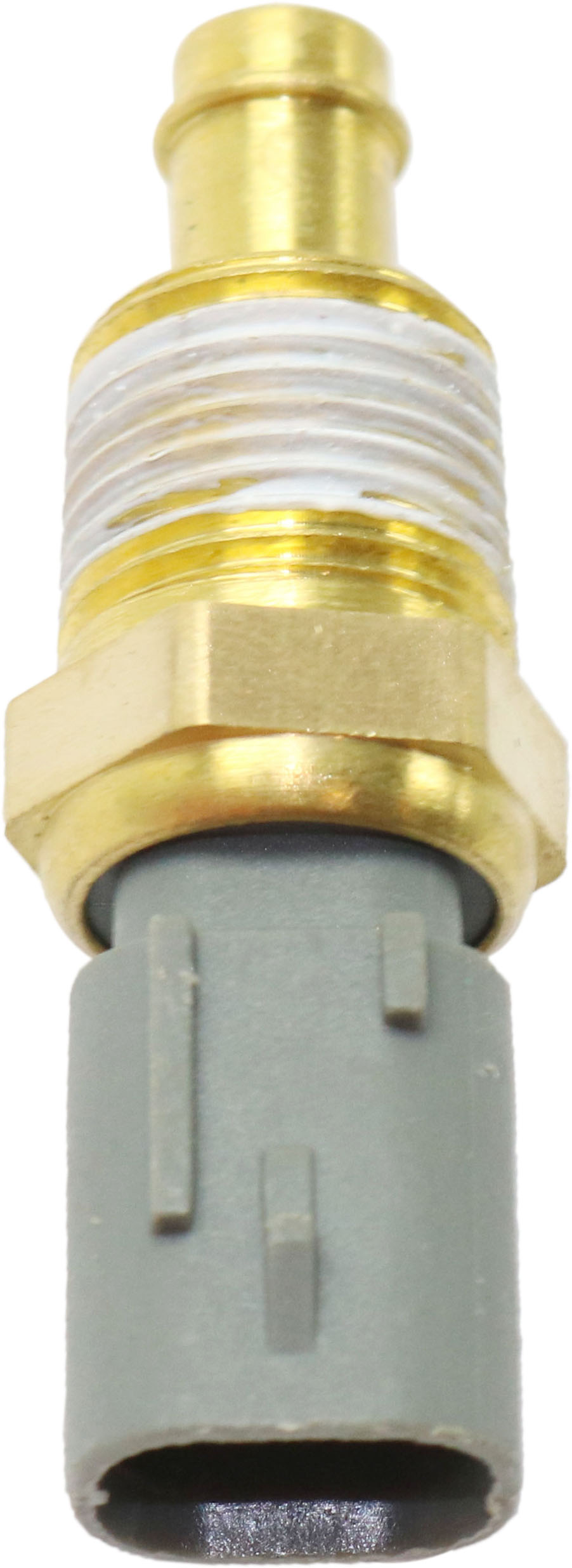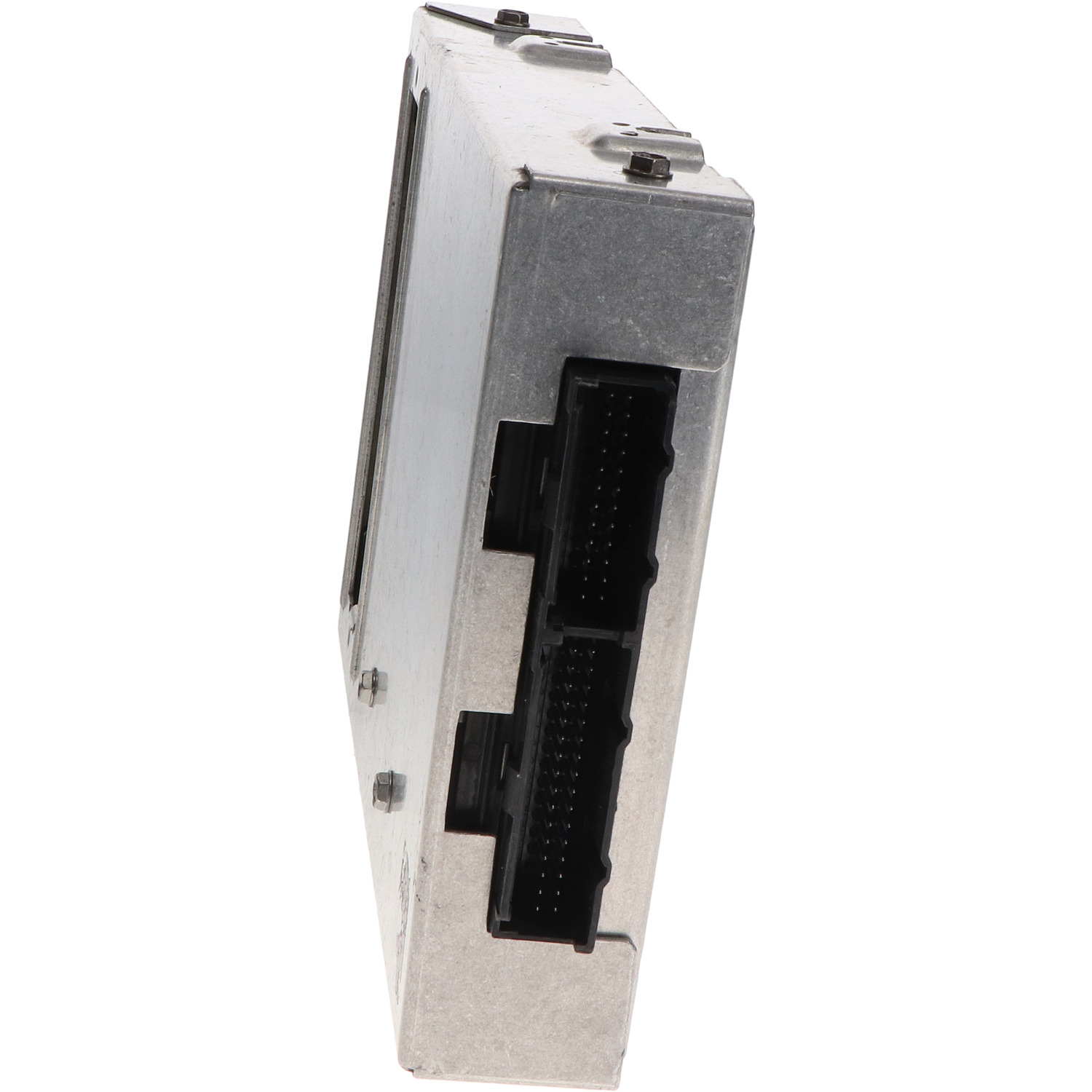A rough-running engine can point to a lot of issues. But if after running your OBD-II scanner, you see the P0135 code come up, your oxygen (O2) sensor could be at fault.
The O2 sensor is a component within your vehicle that monitors its air-to-fuel ratio. Your car’s computer uses information from this sensor to regulate fuel mixture and control emissions, but the latter has to be hot enough before this can happen.
Due to this, the O2 sensor features an integrated heater circuit to bring it up to operating temperature after a cold start. When this circuit stops functioning properly, it can trigger a P0135.

What Does the P0135 Code Mean?
Diagnostic trouble code (DTC) P0135 stands for “Oxygen O2 Sensor Heater Circuit Malfunction (Bank 1, Sensor 1).” It is set when the car’s primary computer—also called the powertrain control module or PCM—determines that the heated oxygen sensor (HO2S) 1 heater current is higher or lower than the ideal amp for a certain amount of time.

You can read our guide to locate Bank 1, Sensor 1.
This code is part of a family of codes, listed as follows:
P0141 – Sensor Heater Circuit Bank 1 Sensor 2
P0161 – Sensor Heater Circuit Bank 2 Sensor 2
P0135 – O2 Sensor Heater Circuit Bank 1 Sensor 1
P0155 – O2 Heater Circuit Bank 2, Sensor 1
To better grasp why this code, you should understand how heated oxygen sensors work.
Used for post catalyst monitoring and fuel control, heated oxygen sensors compare the surrounding air’s oxygen levels with the exhaust stream’s oxygen levels. They can only provide an accurate voltage signal once they get to their operating temperature.
As previously mentioned, O2 sensors have integrated heating elements that reduce the time it takes to reach the said temperature. When the PCM detects a delay between startup and sensor activity, it assumes a problem with the heater circuit and triggers code P0135.
To learn more about how and why oxygen sensors are heated, read our technical discussion here. Otherwise, continue reading below to learn the most likely causes of P0135.
What are the Possible Causes of the P0135 Code?
As mentioned, the P0135 code can be an issue with the sensor itself, but it can also be due to other underlying causes.
Here are some of the most usual causes of P0135:
- Bad oxygen sensor (fairly common)
- HO2S ignition circuit is open
- HO2S heater low control circuit is open
- HO2S heater element is compromised
- Damaged HO2S connector (e.g., damage or moisture in pins)
- HO2S heater low control shorted to voltage or ground
- Malfunction of the sensor wiring and/or a circuit issue
- Malfunction of the engine coolant temperature sensor
- Issues with the PCM (e.g., outdated software)
- Low fuel pressure
- Leaks in the intake air system or exhaust system

What are the Common Symptoms of the P0135 Code?
Unlike other error codes, there aren’t too many symptoms that accompany a P0135 code. The most obvious of all would probably be just an illuminated Check Engine indicator—and this usually just appears when you start your vehicle and should go away within a few seconds.
Here are a few other symptoms you may observe with a P0135:
- Check engine light comes on
- Fuel economy becomes less efficient
- Vehicle may run rough or idle
- Engine doesn’t operate as smoothly during start-up
- Exhaust smells bad or emits black smoke
How to Diagnose the P0135 Code
The P0135 code can be triggered by a number of reasons, from an issue with the oxygen sensor’s heater element to an exhaust system leak. Performing an accurate diagnosis can be tricky, especially if you’re not an automotive expert.
Hence, it’s best to leave the job to a professional.
Still want to perform the diagnosis yourself? Watch these video references to understand what the troubleshooting process involves:
How to Fix the P0135 Code
To be honest, there is no one-size-fits-all solution for most OBD-II trouble codes. So if you are not confident with your automotive aptitude, it may be best to leave the task to an expert.
If you don’t mind spending the money, though, just replace the O2 sensor in question, but make sure you’re replacing the right one.
If you don’t mind spending the money, though, just replace the O2 sensor in question, but make sure you’re replacing the right one.
– Richard McCuistian, ASE Certified Master Automobile Technician
Otherwise, start by diagnosing the issue. Determine what’s triggering the P0135 code, then identify the appropriate fix using these online auto repair resources and guides.
Keep in mind that you will need to research a fix that has worked for someone who has the same vehicle as you. The exact repair for a P0135 may vary depending on the vehicle’s make and model. For instance, what previously worked for someone’s Honda Civic may not work for your Chevrolet Suburban.
Also, make sure to consult your owner’s manual first before attempting to fix the problem. Certain repair steps for a P0135 may vary depending on the vehicle’s make and model.
For more in-depth information on automotive repairs, you can secure an ALLDATA single-vehicle subscription. It will help you resolve not only the P0135 code but also any other future issues that your vehicle may face.
Can You Drive A Vehicle with a P0135 Code?
Though it is technically possible to drive a vehicle with a P0135 code, it’s strongly recommended to avoid doing so. Even if driving with such a code is safe for the vehicle, it can reduce fuel efficiency and cause engine damage if it’s left unaddressed for too long. Because of this, it’s always best to diagnose and fix code P0135 as soon as possible.
Finding a New Oxygen Sensor for Your Vehicle
Damaged oxygen sensors can lead to many problems, and one of them could trigger the P0135 code. They could spell serious trouble for your engine’s vehicle. Fortunately, getting a replacement for your oxygen sensor is a breeze here at CarParts.com.
You don’t have to take a single step outside your house to get your hands on a brand-new oxygen sensor. Simply use your mobile phone or laptop to visit CarParts.com and use our vehicle selector to view the sensors that are compatible with your vehicle. Then, use our filter to find ones that match your preferred brand, type, and price range.
We source all our parts from the most trusted manufacturers in the industry to guarantee their quality. Plus, our warehouses are strategically located all over the US, meaning you can get your order within a few days.
You’re better off replacing a faulty oxygen sensor sooner rather than later. Check out our selection of high-quality oxygen sensors now at CarParts.com.
Products Mentioned in this Guide
Shop this Project




Any information provided on this Website is for informational purposes only and is not intended to replace consultation with a professional mechanic. The accuracy and timeliness of the information may change from the time of publication.


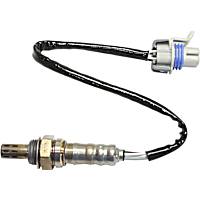 Oxygen Sensor
Oxygen Sensor
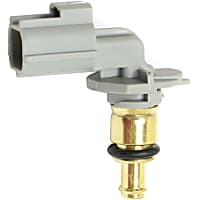 Coolant Temperature Sensor
Coolant Temperature Sensor
